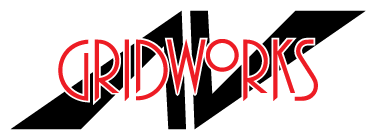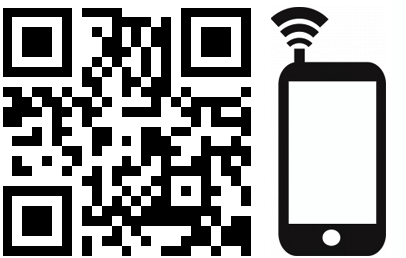Scannable marketing refers to the little codes available for smartphones from almost any retailers nowadays. Saving money has never been easier than having “coupons” embedded in the one thing you always have on you: CELL PHONE. The Quick Response Code (QR) is the trademark term for a matrix barcode that contains information. A QR code is basically a much more enhanced barcode.
HOW QR CODES WORK
A QR code contains four parts in encoding modes (numeric, alphanumeric, byte/binary, and kariji) to store data. The code consists of black squared dots arranged in a square grid on a white background, which can be read by an imaging device. It is then processed using error connection technology until the image is properly displayed and the data can be extracted from various angles.
HISTORY
Although perhaps a surprise, QR codes were first designed and used for industrial uses (ex: automotive industry). It was originally used to track different parts in manufacturing.
CURRENT
A recent study shows that the age group to mostly use QR codes is that of 35-44. This could be due to a couple of factors: household needs and family budgets are two possibilities. Business usage is very high because it can over important categories such as product info, coupons, social media, loyalty programs, payments, and apps (among other things).
Presently, QR codes can be found on anything from greeting cards (to display secret messages) to art galleries (displaying various art). Since most operating systems support QR codes, they are virtually universal and if not, there is always an app that can enable certain features. Without a doubt, this type of communication is only bound to expand.


















